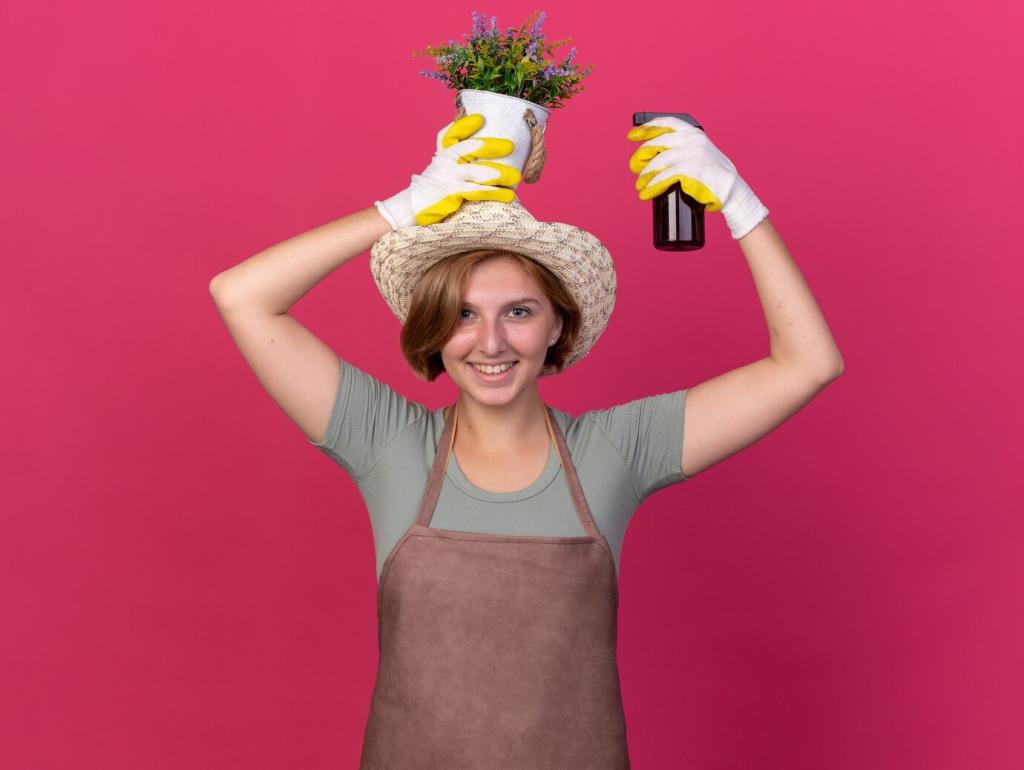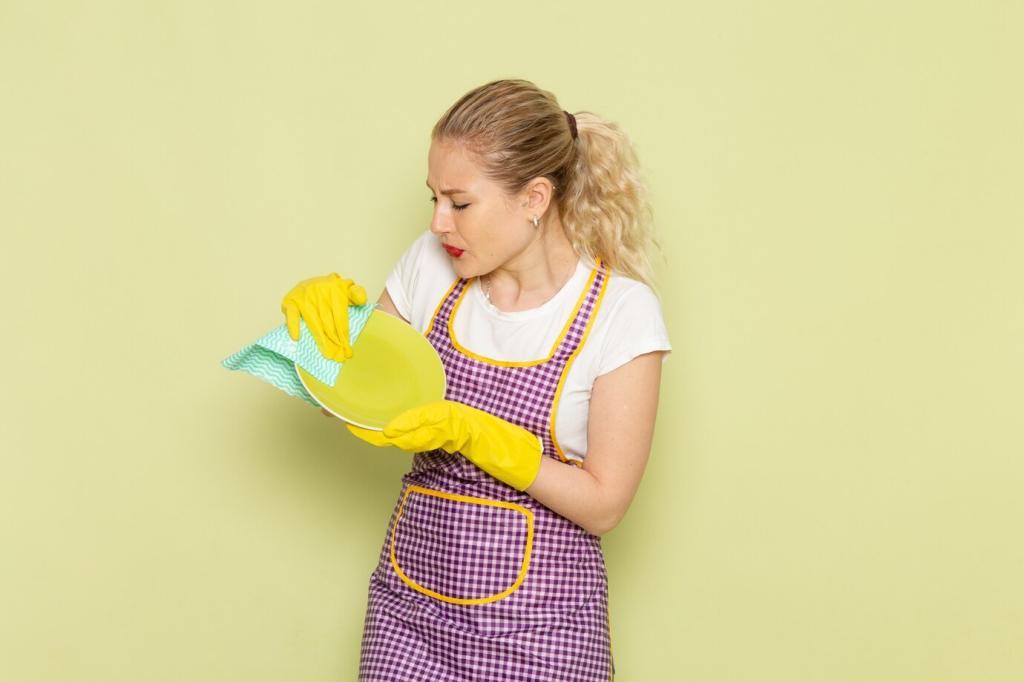Essential Eco-Friendly Ingredients and Tools
Diluted castile soap lifts everyday dirt from sealed wood, metal legs, and many upholstery fabrics. Start with a teaspoon per half-liter of warm water, then adjust. Always test on hidden areas, and blot dry to keep moisture away from seams and edges.
Essential Eco-Friendly Ingredients and Tools
Vinegar can cut mineral film and deodorize, but avoid it on natural stone, waxed wood, shellac finishes, and many leathers. Baking soda absorbs odors but is mildly abrasive. Do not premix vinegar and baking soda for storage. Patch-test and share your careful successes.
Essential Eco-Friendly Ingredients and Tools
A slightly damp microfiber cloth captures dust with minimal product. Launder in a wash bag to reduce fiber shedding. Upcycled cotton tees are great for buffing. Soft natural-bristle brushes dislodge fabric crumbs gently. What’s your go-to tool for tricky corners? Tell us below.
Essential Eco-Friendly Ingredients and Tools
Lorem ipsum dolor sit amet, consectetur adipiscing elit. Ut elit tellus, luctus nec ullamcorper mattis, pulvinar dapibus leo.




